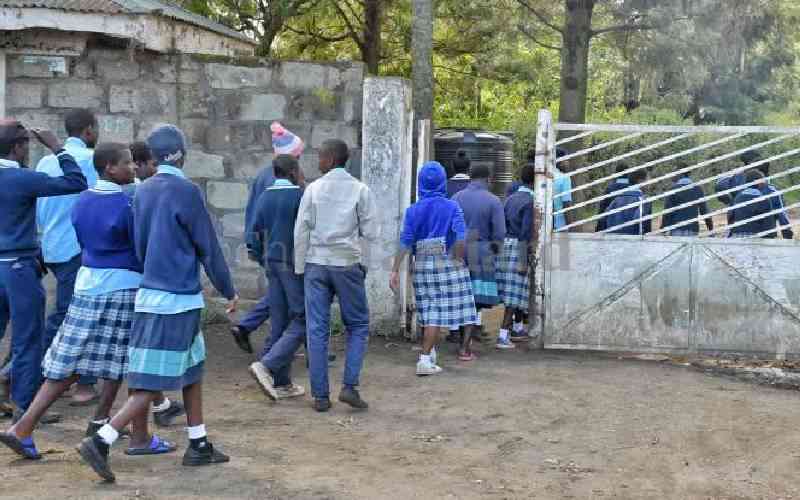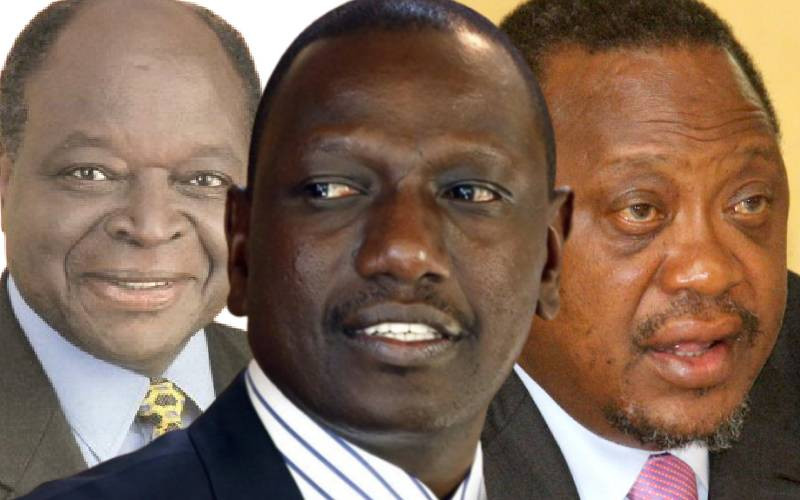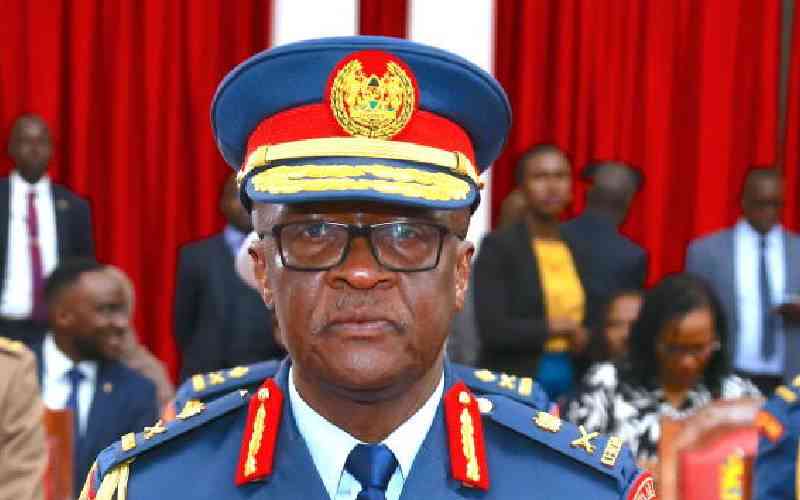President Uhuru Kenyatta's announcement that none of the 1.2 million KCPE candidates will be left out next year marks another significant step in the quest to get as many students as possible to transition to secondary school.
The role of education in society cannot be underestimated. Education is a public good. Its benefits to society are manifold. Indeed, no nation can prosper without well educated citizens.
Since the 8-4-4 system of education was rolled out in 1985, the transition rates have been dropping because of the unavailability of Form One slots. There was a surge in Standard Eight graduates in 2010 due to the introduction of free primary schooling in 2003.
The rising demand has pushed the cost of secondary schooling through the roof. Of the 941,623 who sat KCPE last year, 150,943 did not secure Form One places.
For far too many families for whom a good education remains the only way out of poverty, seeing their child drop out of school for no fault of their own making can be heartbreaking. For many such families and others, the President's pledge is like putting back a missing rung in the ladder of opportunity. Education equalises society in ways nothing else can. The marginalised find a voice through education.
Having hundreds of thousands of young people drop out of school or stagnate is wasteful and a drain on the economy. It also exacerbates inequality.
The President should follow through his announcement with bold reforms in the sector. Already plans to overhaul the 8-4-4 curriculum are underway. These reforms should make education responsive to the needs of the 21st century. Most importantly, education must endeavour to make graduates focused on entrepreneurship rather than job-seeking.
This would significantly lower the high unemployment rate (40 per cent) among the youth. Curriculum is just one part of it. A lot can be achieved by investing more in teachers because that way, you are not only assured of the students getting a good education, but also students who are enthusiastic enough to experiment with what they have learnt outside the classroom.
The President should also ensure that there are enough spaces in tertiary and higher education institutions in the next four years for all those who will clear secondary school then. Current trends show that more and more pupils fall off the train as they progress to higher learning.
He should also crank up the economic mortar to create more jobs in eight years to complete the chain.
 The Standard Group Plc is a
multi-media organization with investments in media platforms spanning newspaper
print operations, television, radio broadcasting, digital and online services. The
Standard Group is recognized as a leading multi-media house in Kenya with a key
influence in matters of national and international interest.
The Standard Group Plc is a
multi-media organization with investments in media platforms spanning newspaper
print operations, television, radio broadcasting, digital and online services. The
Standard Group is recognized as a leading multi-media house in Kenya with a key
influence in matters of national and international interest.
 The Standard Group Plc is a
multi-media organization with investments in media platforms spanning newspaper
print operations, television, radio broadcasting, digital and online services. The
Standard Group is recognized as a leading multi-media house in Kenya with a key
influence in matters of national and international interest.
The Standard Group Plc is a
multi-media organization with investments in media platforms spanning newspaper
print operations, television, radio broadcasting, digital and online services. The
Standard Group is recognized as a leading multi-media house in Kenya with a key
influence in matters of national and international interest.








